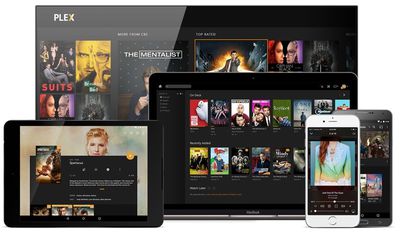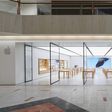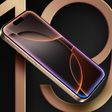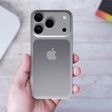As of today, Apple Stores across the United States and around the world are offering a new system that allows Apple Store employees to apply Belkin-branded screen protectors for iPhone 6, 6s, 6 Plus, and 6s Plus customers. Many stores across the world began rolling out the Belkin ScreenCare+ Application System last week, but the system is officially available in retail stores starting this morning.
Belkin's ScreenCare+ Application System lets Apple Store employees accurately and precisely apply screen protectors using a ScreenCare+ machine. When a customer purchases either a Belkin TrueClear Invisiglass Screen Protector or a Belkin TrueClear Anti-Glare Screen Protector, an Apple retail employee who has been trained in the application method will bring the ScreenCare+ machine from the back of the store.
Using the machine, the employee will clean a customer's iPhone display and then apply the screen protector directly in front of the customer. Should a mistake be made during the application process, a new screen protector will be applied at no cost to the customer.
The Belkin screen protector application service should greatly cut down on the hassle involved with applying a screen protector at home. With Belkin's machine, there's less room for error as alignment is automatic and there's little chance of dust or debris accidentally getting stuck under the screen protector.
ScreenCare+ is available at Apple Stores worldwide, but screen protector application is limited to Apple's latest iPhones – the iPhone 6, 6s, 6 Plus, and 6s Plus. Belkin's Invisiglass screen protector is made from an ultra-thin, flexible glass that absorbs shock and is shatterproof while preserving the natural feel of the iPhone. The Anti-Glare screen protector reduces glare to improve visibility in bright light while also protecting the iPhone display from damage.
Screen protectors can be purchased from Apple retail stores and applied by Apple Store employees starting immediately.


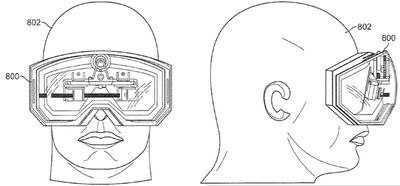
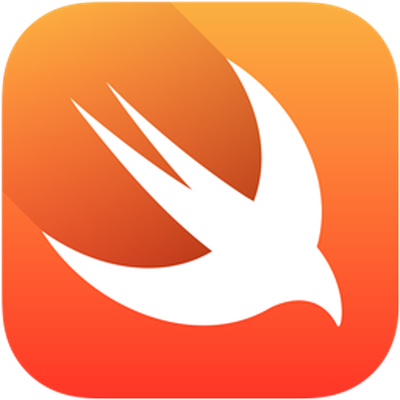 Apple today
Apple today 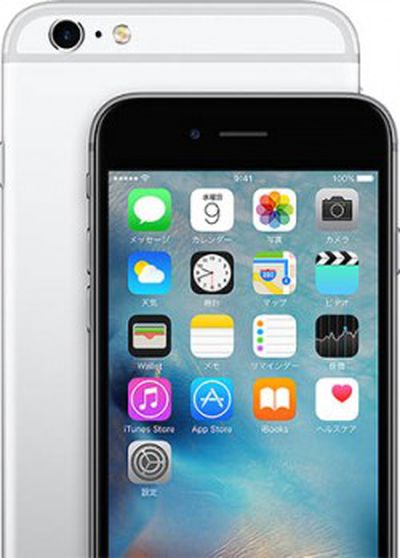 Several law firms are considering lawsuits against Apple following news that the company disables iPhone 6 models that have third-party repairs that affect Touch ID, reports
Several law firms are considering lawsuits against Apple following news that the company disables iPhone 6 models that have third-party repairs that affect Touch ID, reports 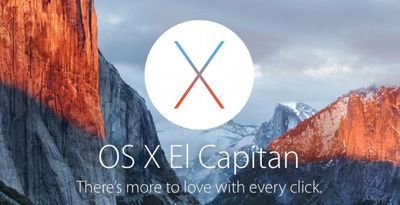
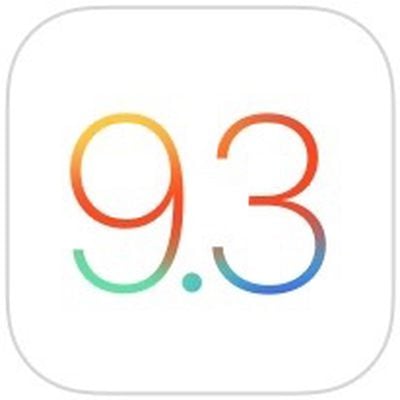 Apple today seeded the third beta of an upcoming iOS 9.3 update to developers for testing purposes, two weeks after seeding the
Apple today seeded the third beta of an upcoming iOS 9.3 update to developers for testing purposes, two weeks after seeding the 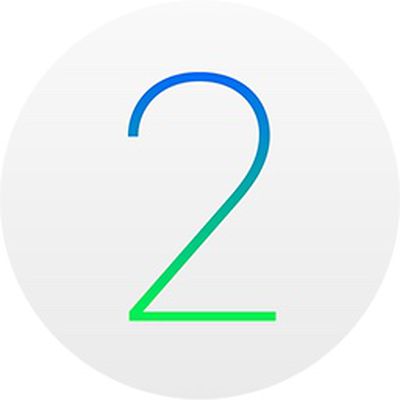 Apple today seeded the third beta of an upcoming watchOS 2.2 update to developers, two weeks after seeding the second
Apple today seeded the third beta of an upcoming watchOS 2.2 update to developers, two weeks after seeding the second 
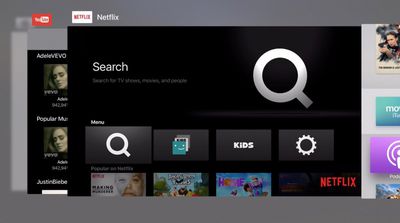

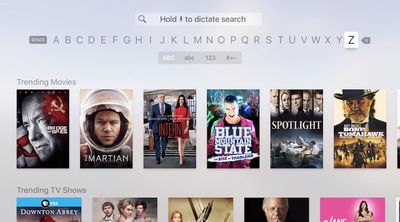
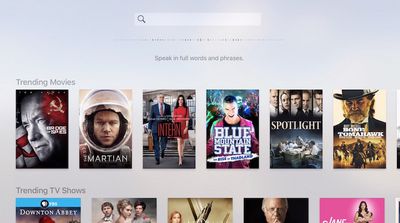

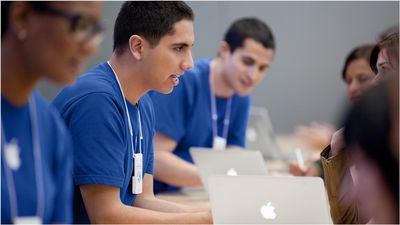
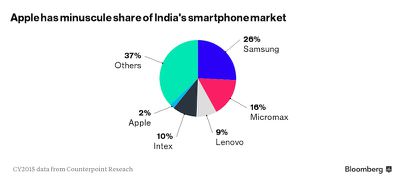
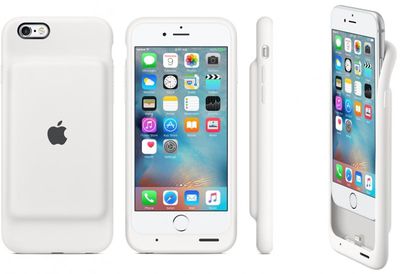
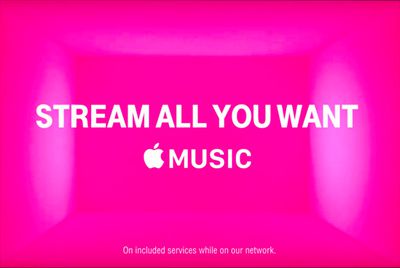
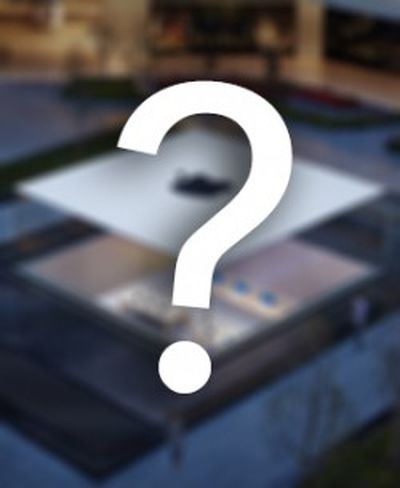 Apple's retail expansion efforts over the past few years have primarily focused on China, where it has opened over 15 new stores since the start of 2015. Over that time, the company has only opened 7 new retail stores outside of the China region, including two locations in New York City and one in Abu Dhabi, Brussels, Dubai, Sao Paulo, and Miranda, a suburb of Sydney, Australia.
Apple's retail expansion efforts over the past few years have primarily focused on China, where it has opened over 15 new stores since the start of 2015. Over that time, the company has only opened 7 new retail stores outside of the China region, including two locations in New York City and one in Abu Dhabi, Brussels, Dubai, Sao Paulo, and Miranda, a suburb of Sydney, Australia.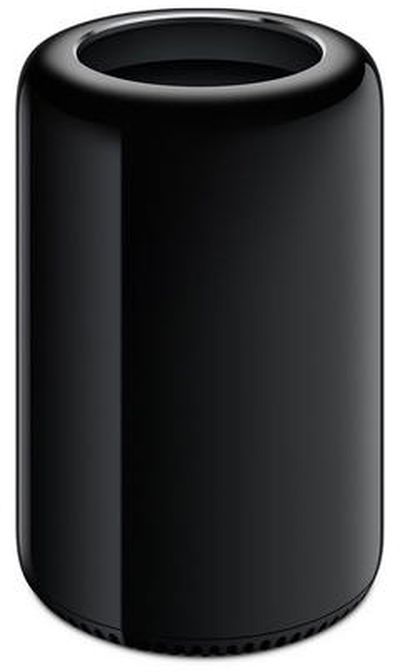 Apple today launched a new Repair Extension Program that addresses video issues on some late 2013 Mac Pro models, according to an internal notice obtained by MacRumors.
Apple today launched a new Repair Extension Program that addresses video issues on some late 2013 Mac Pro models, according to an internal notice obtained by MacRumors.
